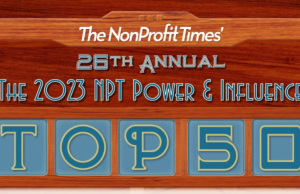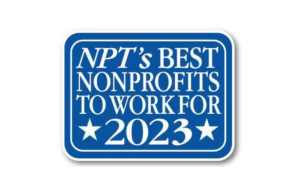More than half (53%) of nonprofits have had greater demand for their services during the COVID-19 pandemic, and one-third are experiencing higher operating costs. Four in 10 nonprofits have cut operating costs, and one-third have pared back programs or services.
That’s some of the data from the authors of Nonprofit Leadership Survey Report 2021 from Grassi Advisors & Accountants. Cutbacks hit smaller nonprofits harder than larger ones, with 48% of those having costs less than $5 million experiencing cutbacks, compared with 37% of those with expenses in the $5 to $25 million range and 36% with costs greater than $25 million.
Nonprofits have explored a variety of cost-cutting and revenue-supplementing activities. Slightly fewer than one-quarter (23%) have renegotiated leases and other contractual financial obligations. Some 7% have terminated automatic payments and 15% have increased their draws on their endowments. And, 5% merged with another nonprofit during the past year.
Human capital is also being affected. Nearly one-third of nonprofits had layoffs and furloughs, while 12% reduced employee benefits. Two in 10 are operating under a hiring freeze.
Don’t look to volunteers to make up for that lost employee time, since 22% report challenges recruiting and managing volunteers. Given COVID concerns, this is not surprising. More than two-thirds (68%) of nonprofits have at least some staff that work in close physical contact with the populations they serve. Officials at nearly that many (63%) said the outbreaks had been at least somewhat of a problem for them.
Despite their cost cutbacks, nonprofits are not on steady financial footing: A scant 2% report having at least 12 months of liquidity, with officials at roughly one-third indicating they have fewer than three months, between four and six months or between seven and twelve months of liquidity.
And while fewer than half (47%) report drops in funding, that level is likely due to Paycheck Protection Program loans and other federal relief programs. Another quarter said their funding had remained steady, while only 26% reported funding increases.
Working capital lines of credit offer only finite hope for nonprofits. Overall, 63% have access to this resource while one-third do not. And of those with this resource, 27% have availed themselves of it during the past 12 months.
Nonprofits aren’t being static in the face of COVID-related challenges. More than seven in 10 (71%) implemented new technologies during the past year, although many of these likely were in support of remote or home-based staff. Another 42% created new programs and services, while 36% launched new collaborations with other organizations.
Nonprofit managers also used the pandemic as a time for organizational self-reflection: 22% began to target and serve new client populations, 22% renewed their mission statements and 12% changed their mission.
What will nonprofits need for future success? Funding, funding, funding. While 60% said their top priority was attracting retaining qualified people, the next three priorities bunched revenue concerns, with 56% seeking improved fundraising, 55% indicating a pressing need for more funding for overhead costs, and 54% citing the need to stabilized revenue and cash flow.
For many, however, the future will look different. Currently 43% are considering working collaborations with other organizations to deliver their services, and 21% are mulling a merger. Two percent say closure is a possibility, and barely over half – 54% – indicated none of these options are on the table.
Full details of the Grassi Nonprofit Leadership Survey Report 2021 are available here: https://bit.ly/3oL4spy








